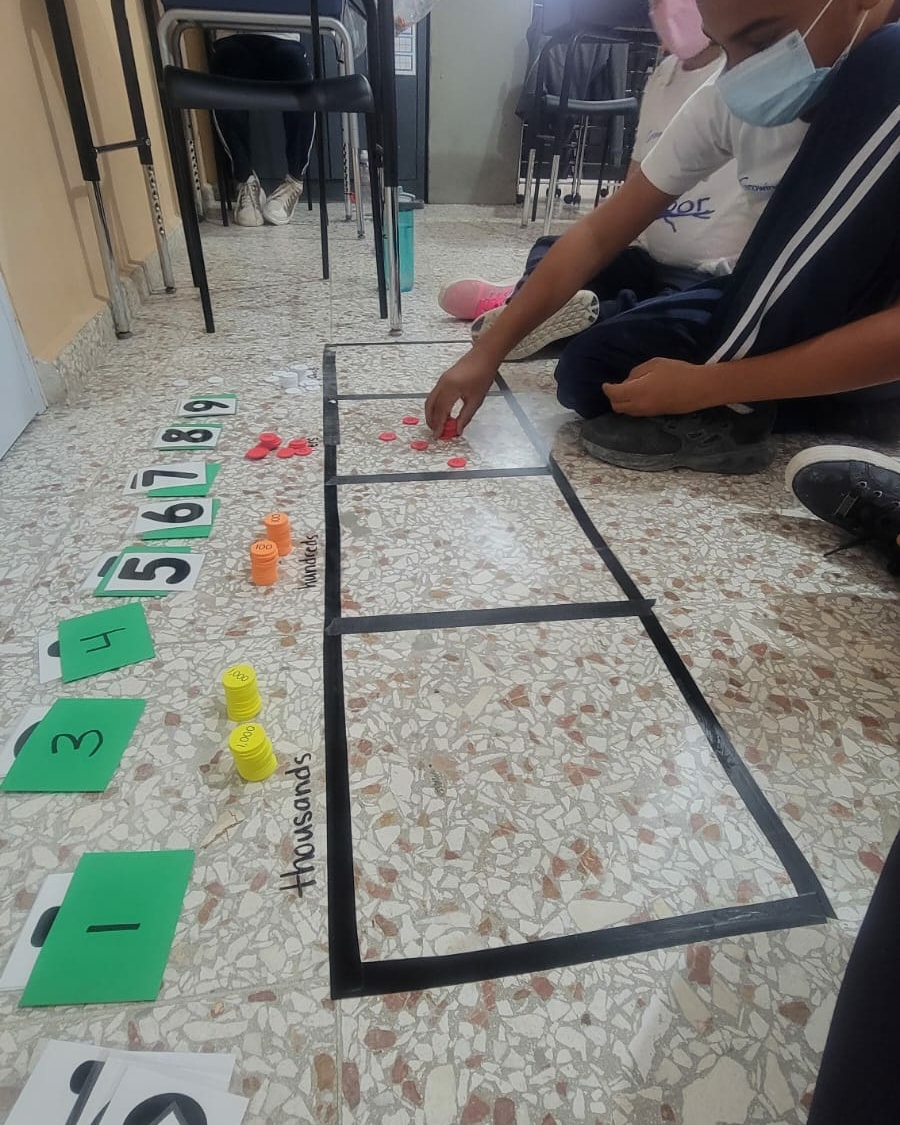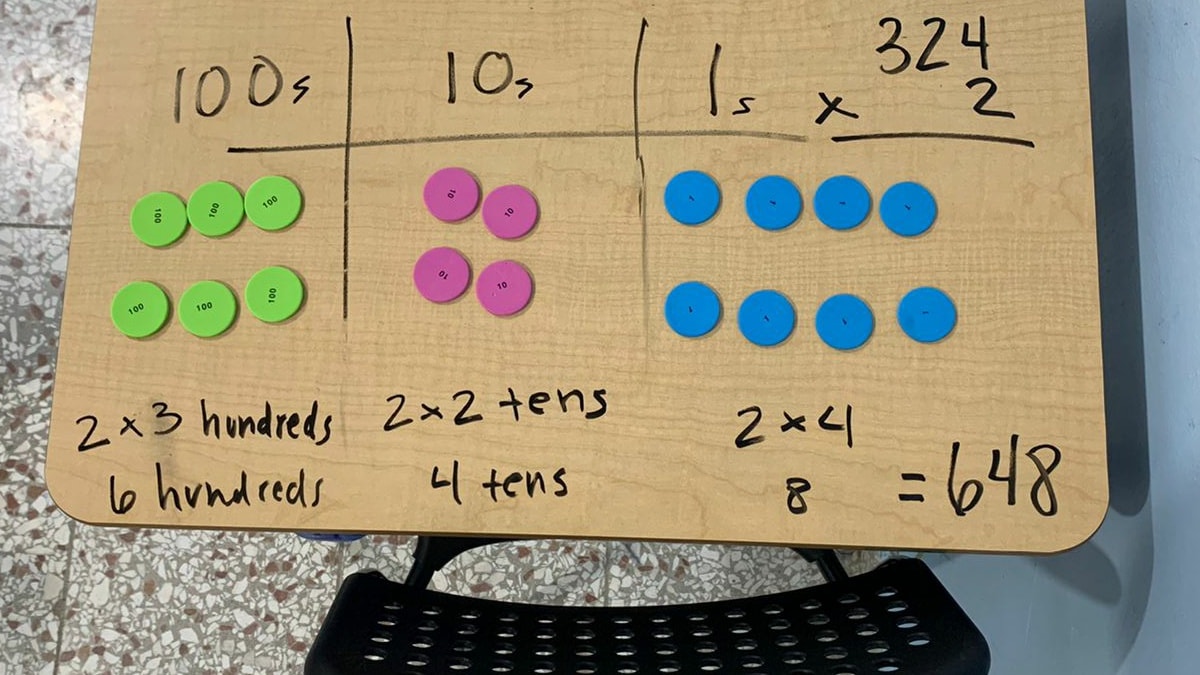The Myth of "Math is not for me"

If you’re a math teacher, you’ve no doubt heard the age-old question “When am I ever going to use this?” The motivation behind this question is often a lack of motivation to learn math, which is perhaps one of the biggest barriers to learning in the math classroom. So as math teachers, how do we overcome this barrier? While I don’t claim to have all the answers, I do want to propose a few answers to this age-old question. And perhaps you may see students transformed from apathetic pupils (who see math as a box to be checked) to engaged learners (who see math as a mode of worship).
Consider Mindset
Students often enter the math classroom thinking they are either a “math person” or they’re not. I even see this trend in adults. When I tell people I’m a math teacher, I’m often met with the response that “Oh, I’m not a math person.” In my mind, this is one of the best illustrations of a fixed mindset. Those with this mindset view any ability as something that does not change over time. For this reason, someone with a fixed mindset who says they are not a “math person” is likely to expect themselves to fail even before they begin. On the other hand, someone who does have an affinity for math might be tempted to think they won’t need to try because math comes easy to them (I admittedly fell into this camp as a high schooler). But neither student is likely to truly apply themselves.
 Changing from a fixed mindset to a growth mindset is not an easy task. So where do we start? Well, as simple as it may sound, it can start with talking about the unknown elephant in the room. Talk with students, starting on day one, about the “math person myth.” I like to emphasize to students that our brains are a gift from God that we are to steward. While He has gifted us each uniquely, and some may have a greater affinity towards math, we all can learn math and apply it. So, we are not simply a “math person” or “not a math person.” We are God’s workmanship, created in Christ Jesus to do good works, which God prepared in advance for us to do (which may involve some math). If students can see doing math as a growth process, and part of what God designed our brains to do, they may be more inclined to be engaged in the classroom.
Changing from a fixed mindset to a growth mindset is not an easy task. So where do we start? Well, as simple as it may sound, it can start with talking about the unknown elephant in the room. Talk with students, starting on day one, about the “math person myth.” I like to emphasize to students that our brains are a gift from God that we are to steward. While He has gifted us each uniquely, and some may have a greater affinity towards math, we all can learn math and apply it. So, we are not simply a “math person” or “not a math person.” We are God’s workmanship, created in Christ Jesus to do good works, which God prepared in advance for us to do (which may involve some math). If students can see doing math as a growth process, and part of what God designed our brains to do, they may be more inclined to be engaged in the classroom.
Connect to Life
Another way to increase student engagement is to connect math to its practical applications. Almost any math concept taught at the middle and high school level has a practical application in some profession, yet students are unlikely to make these connections themselves. For example, when I teach about imaginary numbers, I tell students that imaginary numbers have a practical application in electricity. Without imaginary numbers, we would not have computers and smartphones and all the electronic devices that our students use every day. Thus, in mathematical skills, they are compiling a toolkit of skills they may need to use in their future professions.
Yet practicality alone may leave some students in the dust who say, “Well I’m not going to study ‘x’ profession, so I still don’t see why I need to know this.” I concede that not every math skill is directly applicable in everyday life (no, even I do not use the quadratic formula on a daily basis). My first instinct is to quote mathematician Henri Poincaré who said, “The  mathematician does not study pure mathematics because it is useful; he studies it because he delights in it and he delights in it because it is beautiful.”[1] In my mind, appreciating the beauty of math is no different than appreciating the beauty of music. So, study math because it’s beautiful!
mathematician does not study pure mathematics because it is useful; he studies it because he delights in it and he delights in it because it is beautiful.”[1] In my mind, appreciating the beauty of math is no different than appreciating the beauty of music. So, study math because it’s beautiful!
However, that’s not so easy to convince of 16-year-old of. Instead, I usually point my students towards the extra-mathematical practicality of learning math. To this end, I often have students study the 8 Standards for Mathematical Practice (Common Core).[2] One of these standards is to “Make sense of problems and persevere in solving them.” I think most would agree that this is a valuable skill in all areas of life. In math class, that might be identifying what formula to use for a given word problem, and then actually doing the hard work of working out the numbers. In an office, it might be determining what software to use for bookkeeping, and then actually using the software. Learning math rewires our brain with skills that have practicality beyond the math itself.
Math is a beautiful gift from God for all of us to enjoy and use for His glory. Let’s encourage our students to value this gift and seek to grow in their understanding and skill in math. In this way, we can strengthen them in becoming all that God intends – in whatever area He calls them to serve.
Ruth Jansen
Ruth has been serving at Dakar Academy since August of 2019. She served for 3 years as a high school math teacher and has now transitioned to teaching music. In whatever subject she teaches, Ruth loves to inspire in her students a heart of worship toward God.
[1] Poincaré, H. as cited in Huntley, H. E. (1970). The divine proportion. Dover. (p. 1).
[2] National Governors Associate Center for Best Practices & Council of Chief State School Officers. (2010). Common core math standards. http://www.corestandards.org/wp-content/uploads/Math_Standards1.pdf
Photo Credits:
Student writing. Shutterstock. Resized.
Math practice. Arbor Christian Academy. Cropped & resized.
Math patterns. Arbor Christian Academy. Resized
